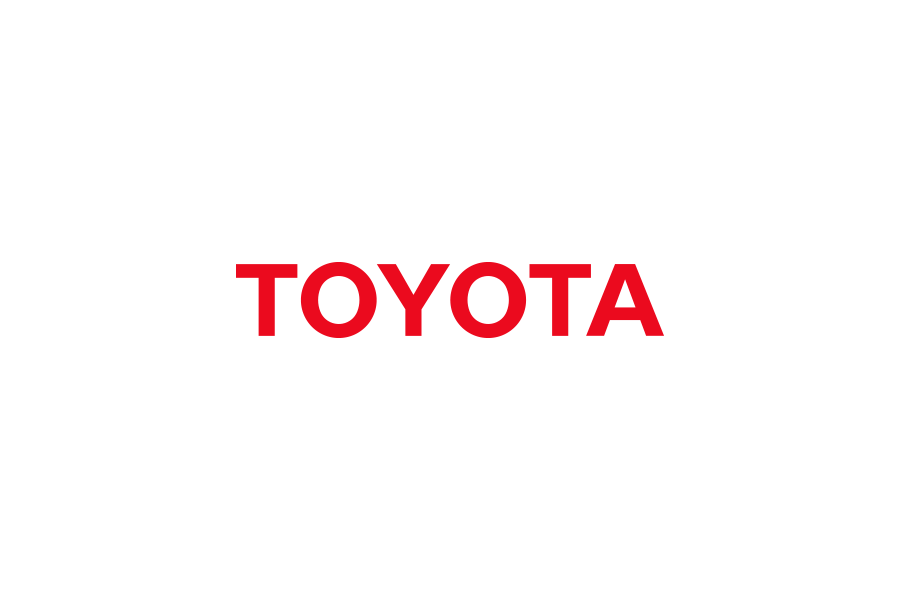Jan. 28, 2020
Toyota Updates Its "Housaku Keikaku" Agricultural IT Management Tool in JapanMore products supported; functions can be selected based on individual needs
- Existing support for rice, barley, and soy beans expanded to fruits, vegetables, livestock, and more
- Functions for work process management in production areas and sales and management support functions added,*1 contributing to a broader range of agricultural management
Toyota City, Japan, January 28, 2020―Toyota Motor Corporation (Toyota) announces that it has made improvements to its "Housaku Keikaku"*2 agricultural IT management tool and will launch the revised service on April 1. Verification began last October with trials at three sites including SuGWat Farmers, an agricultural corporation based in Aichi Prefecture.
Since 2014, with agriculture facing many issues, Toyota developed and introduced Housaku Keikaku, an agricultural IT management tool, by adapting the Toyota Production System to agriculture in an attempt to increase productivity. This Housaku Keikaku is a cloud service developed to centrally manage paddy fields and enable efficient farming. Currently, it has been introduced to 94 agricultural management bodies nationwide, in the process of growing seedlings through management of abnormalities in work processes and costs. We have achieved great results in improving the management of Japanese agricultural business, such as reducing waste due to overproduction.
With the update to Housaku Keikaku, supported products have been expanded to include fruits, vegetables, livestock and more, based on the request from the agricultural management body, so that it can be widely applied not only to rice cultivation, but also to outdoor vegetables and greenhouse cultivation. In addition, by adding a new function*2 that centrally manages a series of information on orders, personnel, production, shipping, and inventory, it is possible to reduce waste loss and shipping delays, for example, by improving the accuracy of production planning for custom-made vegetables. It has also made possible the creation of production and personnel plans, which has been a burden on management, and to streamline management operations.
The system lineup comprises three types―Type A, Type B, and Type C*3. New business management, agricultural machinery management, environmental management, and ledger output functions and other are available as options, enabling customers to select functions based on individual needs.
-

- System lineup
Type A
- In line with the previous Housaku Keikaku, Type A is for farm produce such as rice, barley, and soy beans with land-use crops as the main focus.
- The price per account is approximately 30 percent less than before.
Type B
- The main focus is a wide range of products and crops including fruits, vegetables, livestock, and forestry products.
- Type B enables monitoring of growth status, formulation of work plans and part-time worker shift management based both on growth status and on order, delivery, inventory, and harvesting volumes.
Type C
- Type C is for produce covered by both Type A and Type B.
New options
-
- Business management
- Contributes to increased future profitability with functions including results tables that make visible the more profitable crops based on input data concerning sales revenues by crop or variety as well as simulations of harvests, sales units, and land area.
-
- Reports and outputs
- Enables issuance and management of invoices for contract work using input data. Reduces unnecessary labor due to input errors and so on. Also, enables efficient sharing of work progress by issuing daily report emails.
-
- Agricultural machinery management
- Manages maintenance timing and costs based on agricultural machinery operating times. Prevents breakdowns during busy seasons and reduces the running costs of agricultural machinery. It also contributes to reducing labor for fuel tax exemption applications.
-
- Environmental management
- Makes the cultivation environment visible by inputting greenhouse temperatures, humidity, CO2 concentrations, and other data and automatically reflects the data in cultivation plans. Supports the creation of highly accurate plans based on environmental data and reduces excess personnel.
-

- New functions
| *1 | Settings vary depending on the product line-up. |
|---|---|
| *2 | Type B, Type C |
| *3 | Depending on the customer, some items that are typically harvested in several batches are harvested all at once. For this reason, the three versions are not uniformly divided by item; rather, optimal services can be provided based on the customer's needs. |
| *4 | Supports only facility-cultivated crops |
Contact details for people in the agricultural sector about this service
Housaku Keikaku Support Center (Agriculture & Biotechnology Business Division, Toyota Motor Corporation, tel.: 0120-59-8039)


